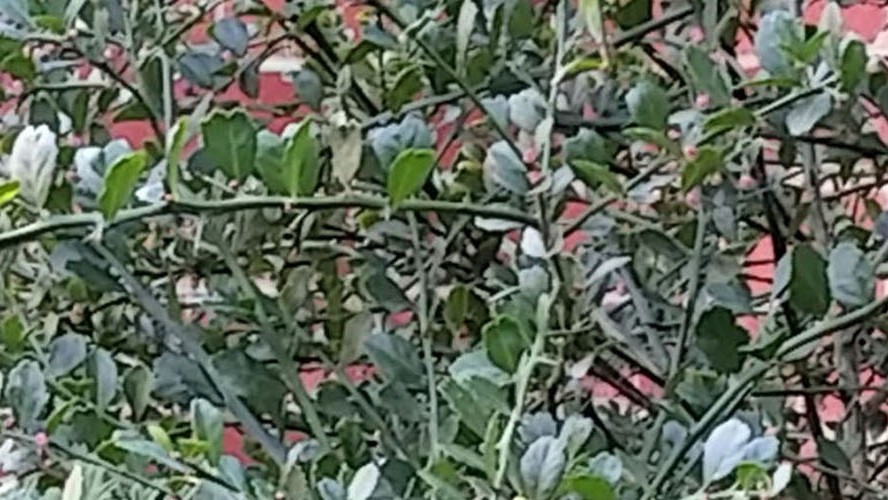Peach leaf curl is a virulent and resistant fungal disease that appears on the leaves of fruit trees in early spring. As the fungus Taphrina deformans lies dormant on stems, branches and then buds over winter, any effective treatment regimen must begin when an affected tree loses its leaves in late autumn or early winter.
Plants affected
Peach leaf curl predominately affects stone fruits, peaches and nectarines. It can also infect apricots and almonds.
Damage
 The emerging leaves on your tree will appear thick and lumpy, taking on a blistered appearance. Foliage can change in colour to pale green, pink or sometimes purple.
The emerging leaves on your tree will appear thick and lumpy, taking on a blistered appearance. Foliage can change in colour to pale green, pink or sometimes purple.
Occasionally a white bloom may appear on the leaves and they will then brown off and fall.
Infected flowers will fall from the tree reducing fruit production and the fruit can also be infected, causing reddish pimples followed by fruit drop.
Left untreated, Peach Leaf Curl will continue to affect the tree year after year and become increasing worse.
Control
For the best results in controlling Peach Leaf Curl, use a number of control methods together. Complete irradication can be challenging, but the impact on the tree and fruit production can be minimised.
- Clean up any fallen leaves from previous infections and dispose of in the bin to minimise hiding places for the fungus spore.
- Spray with a low environmental impact copper oxychloride or lime sulphur product and winterwash (see the Winter Washing Fruit Trees page for more). Lime sulphur is preferable since it doesn’t lead to a build up of copper in the soil. This is a preventative spray, and has to be done in winter before bud burst and well BEFORE the symptoms appear.
- If a tree is already infected, remove all distorted leaves and fruit and destroy.
- Choose stone fruit varieties that have a lower susceptibility to the fungus.
- Feed your soil with slow release organic fertilisers and soil conditioners, as well as regular watering regimes, to ensure it is healthy and can recover from infection.
PHOTOS: Elaine Shallue
Related Articles:
Low Impact Pest Management 101 Video
Sustainable Gardening 101 Video Series PART 3: Low Impact Pest Management Gardens are the natural habitat for all types of insects – the good, the…




